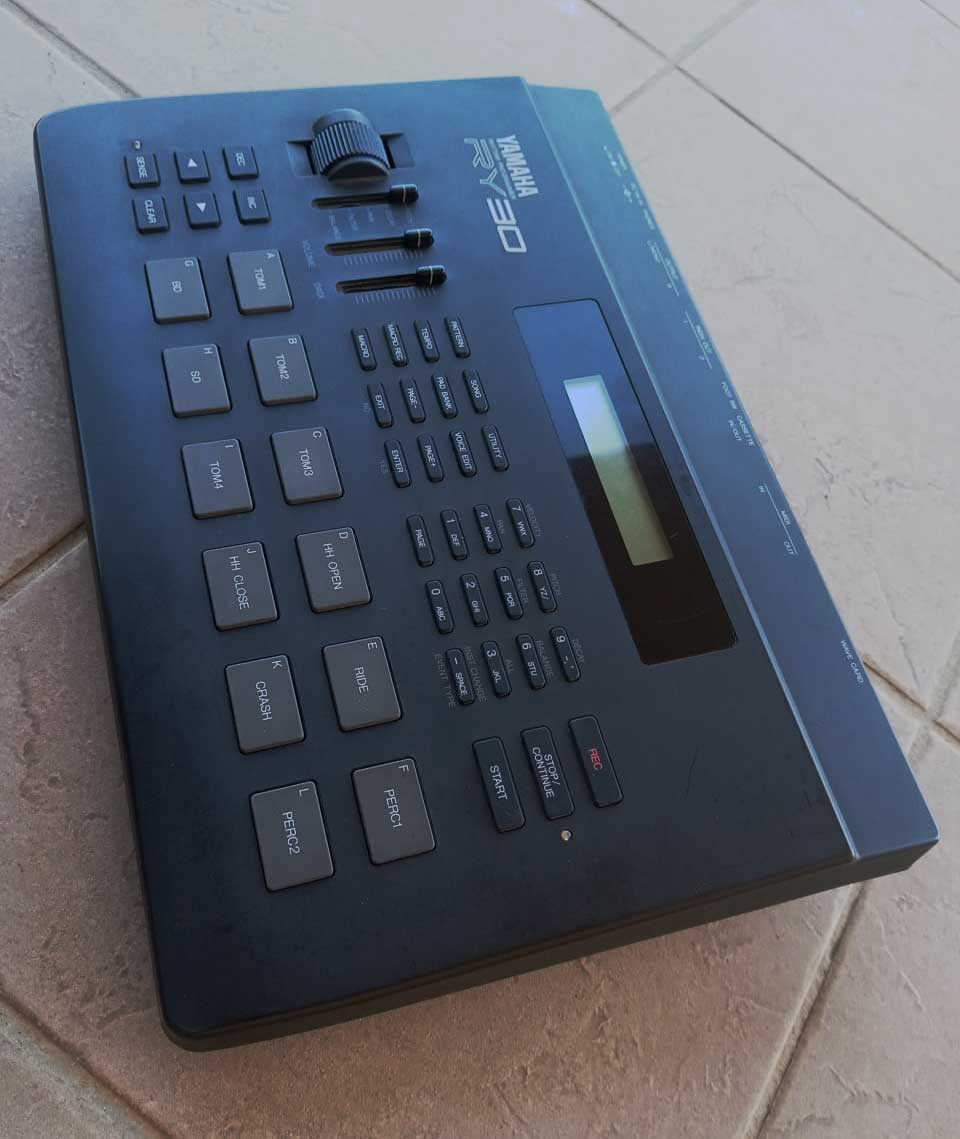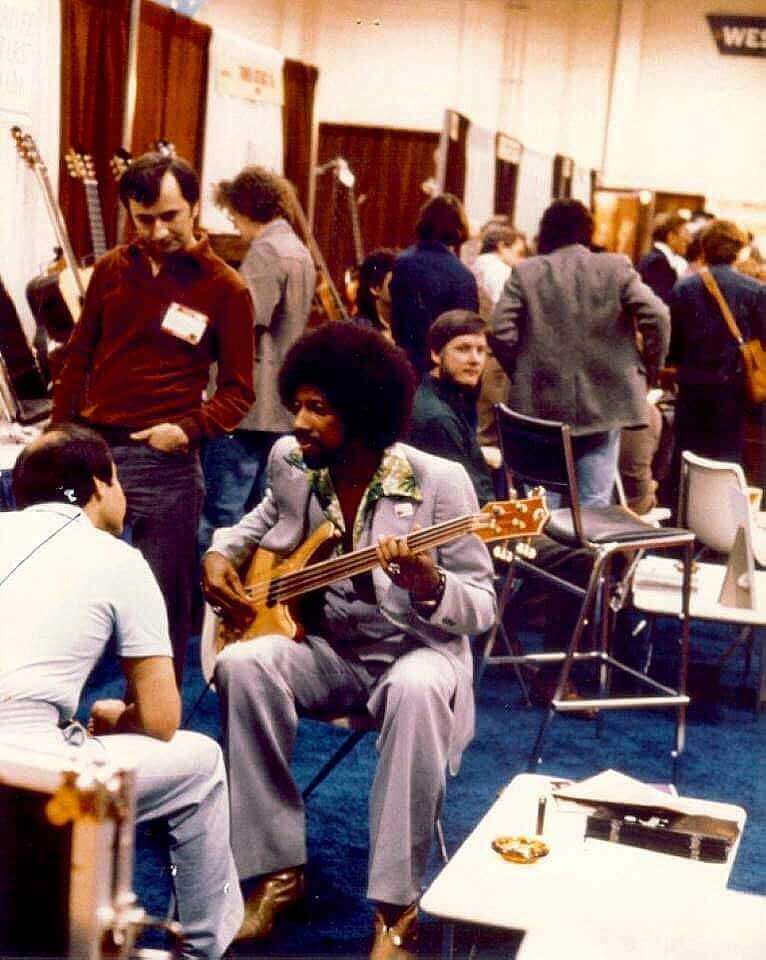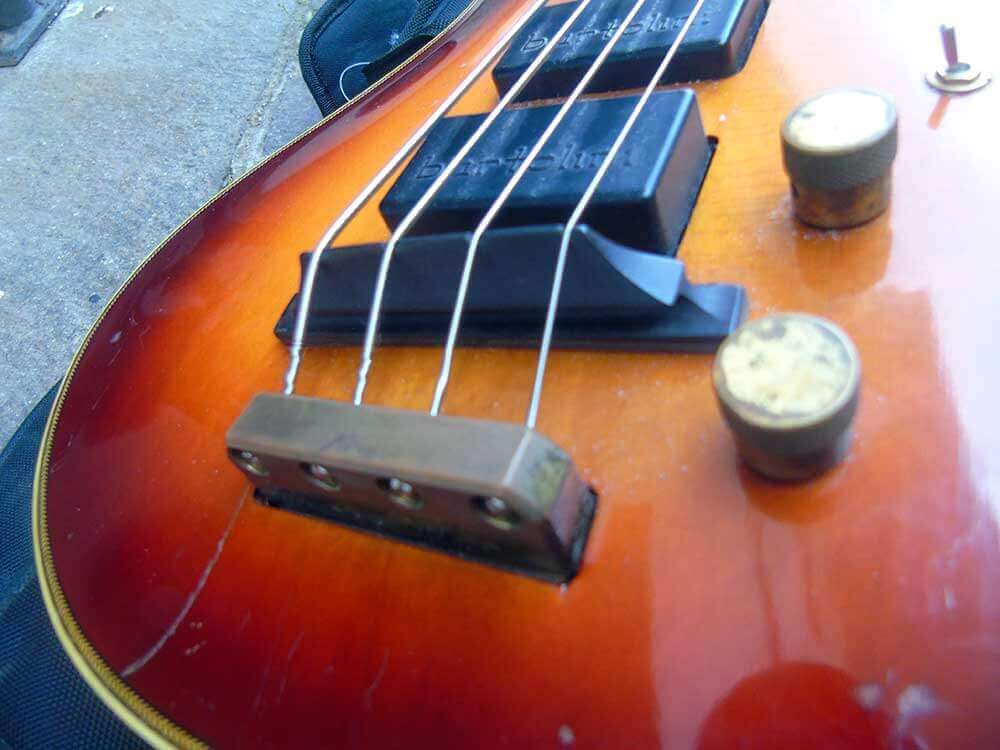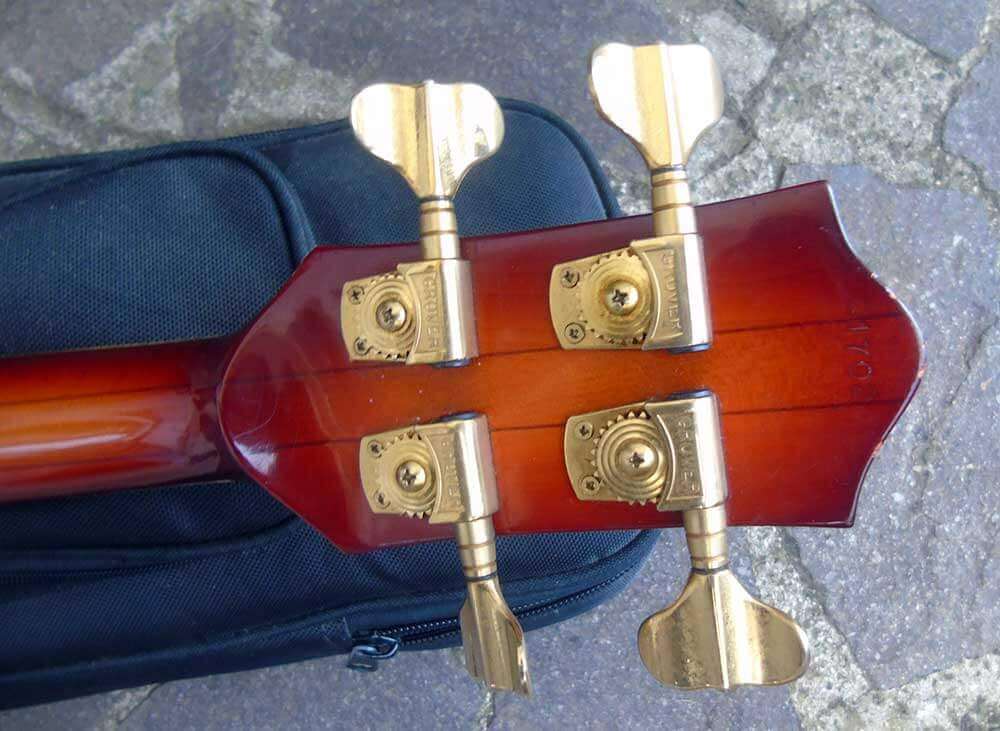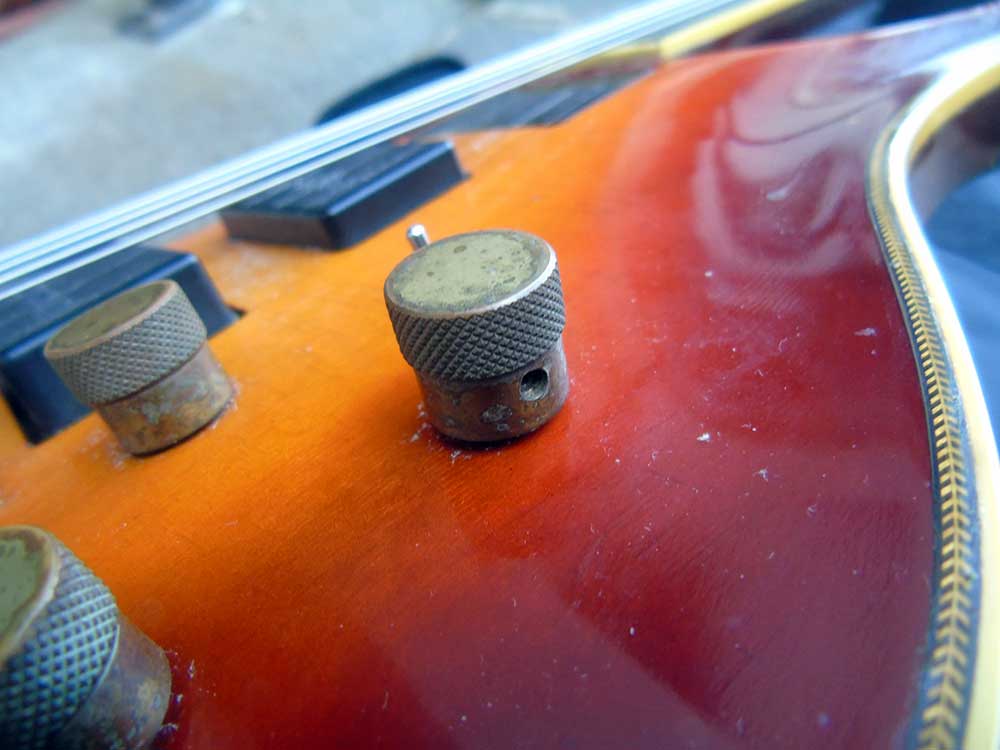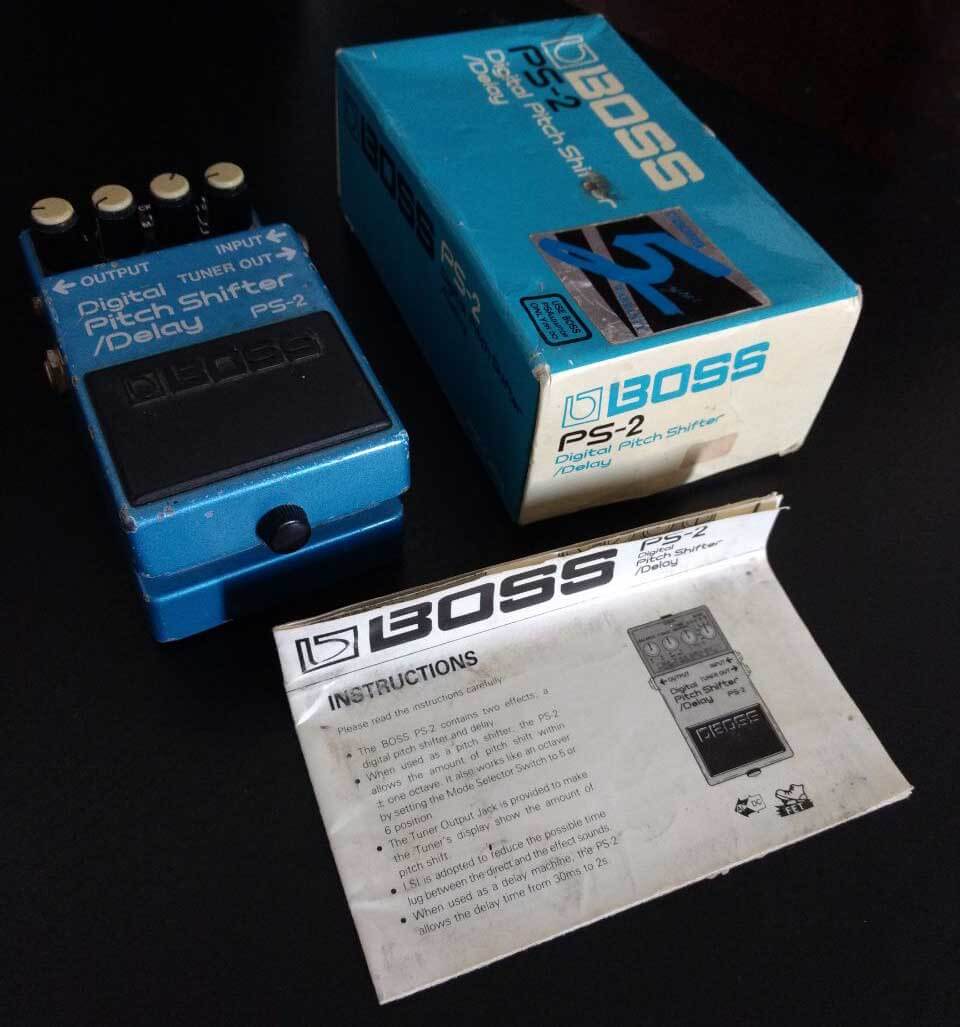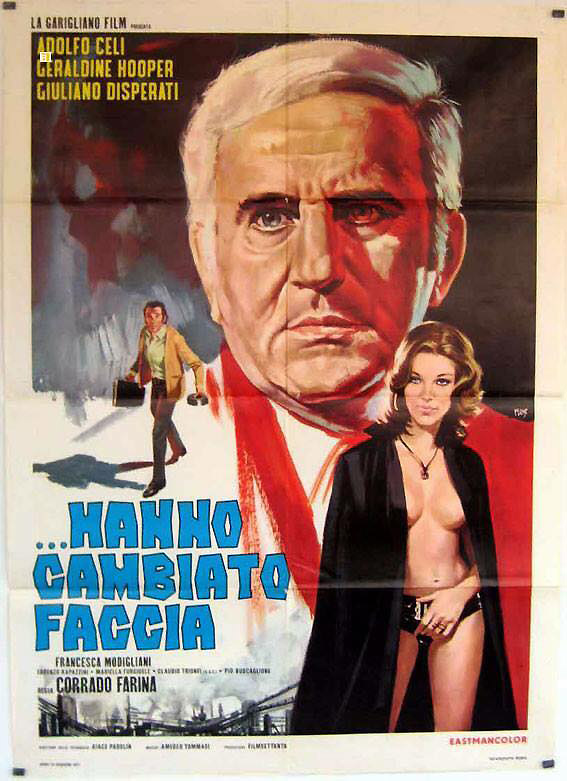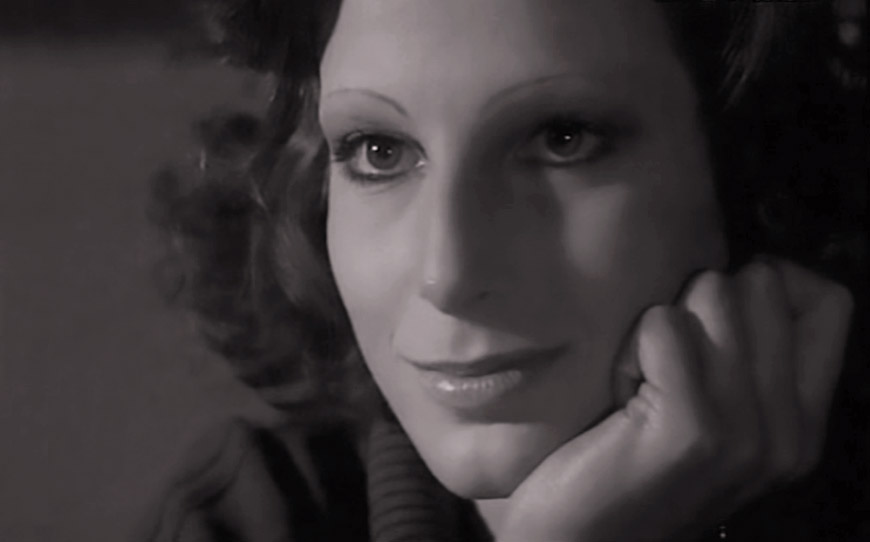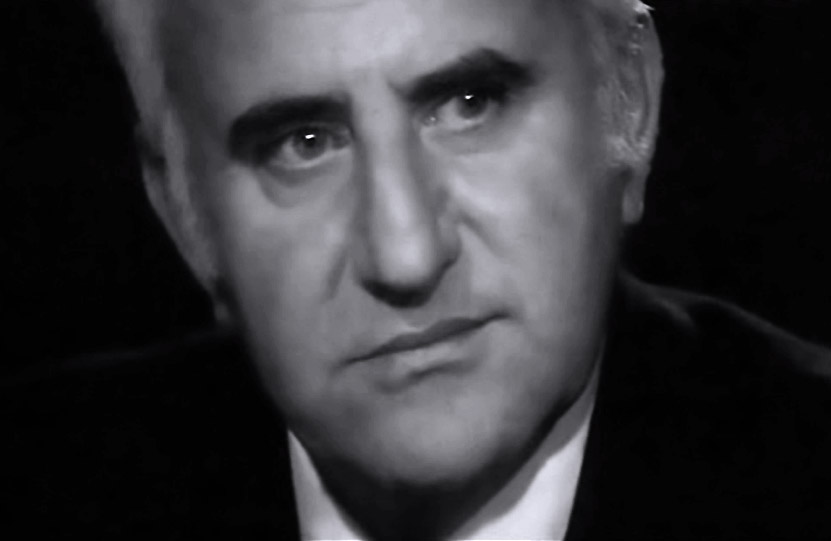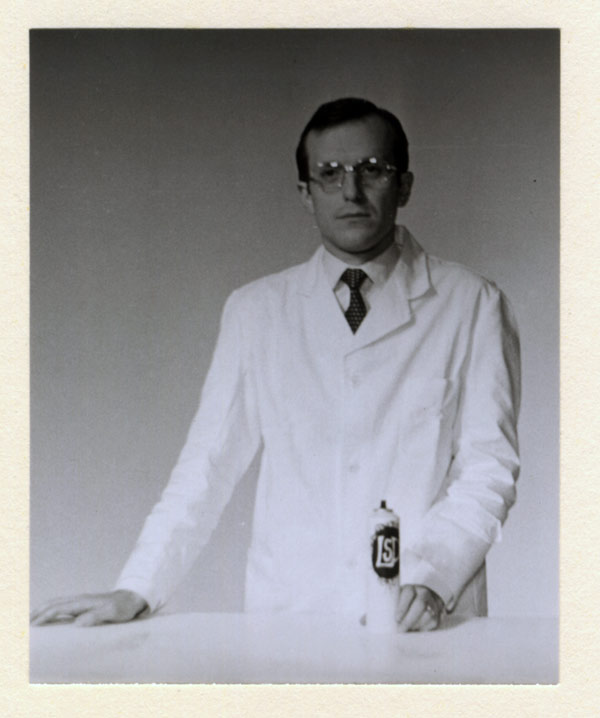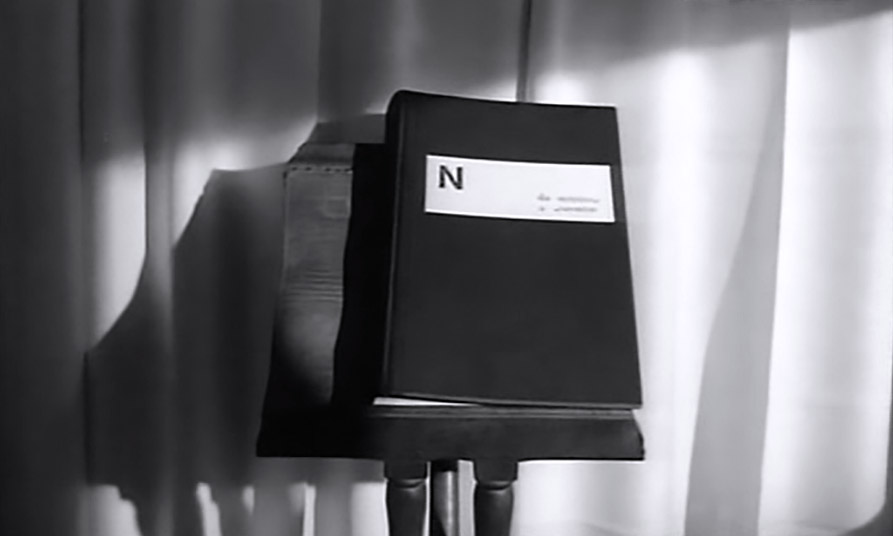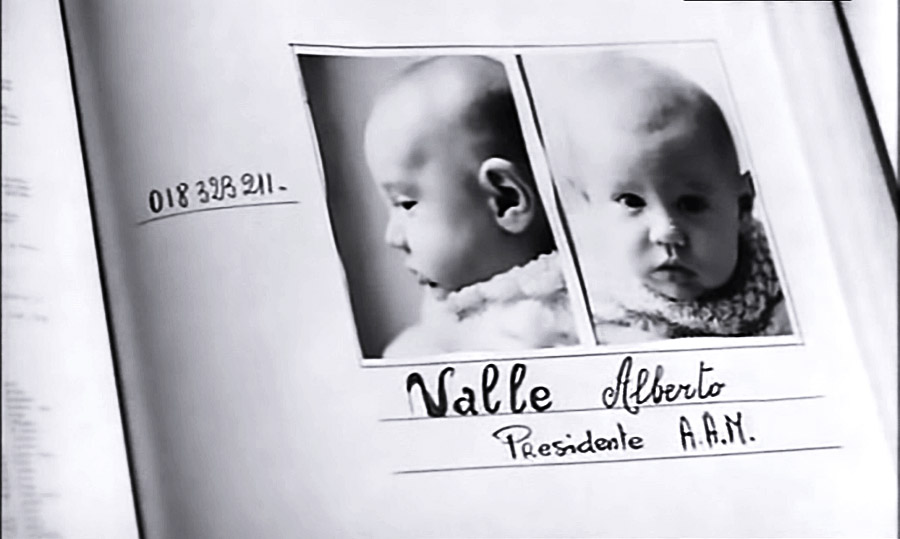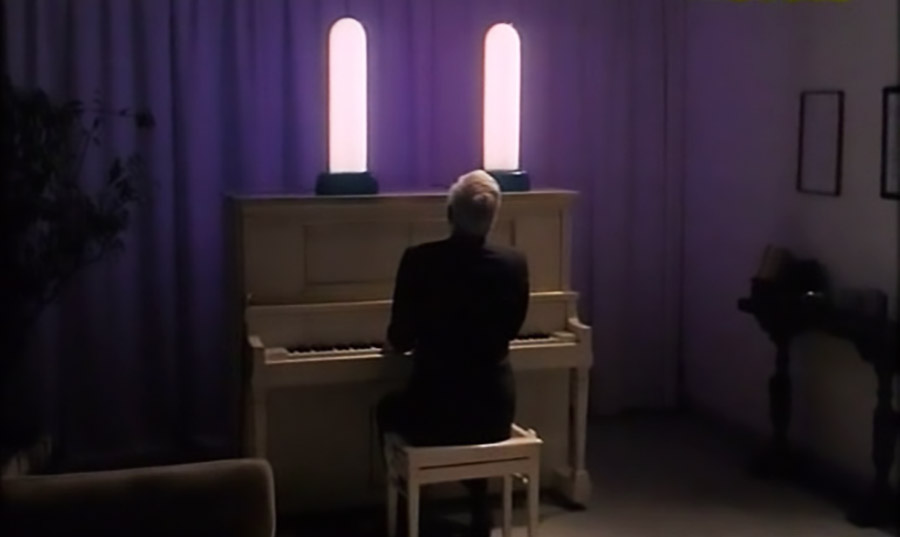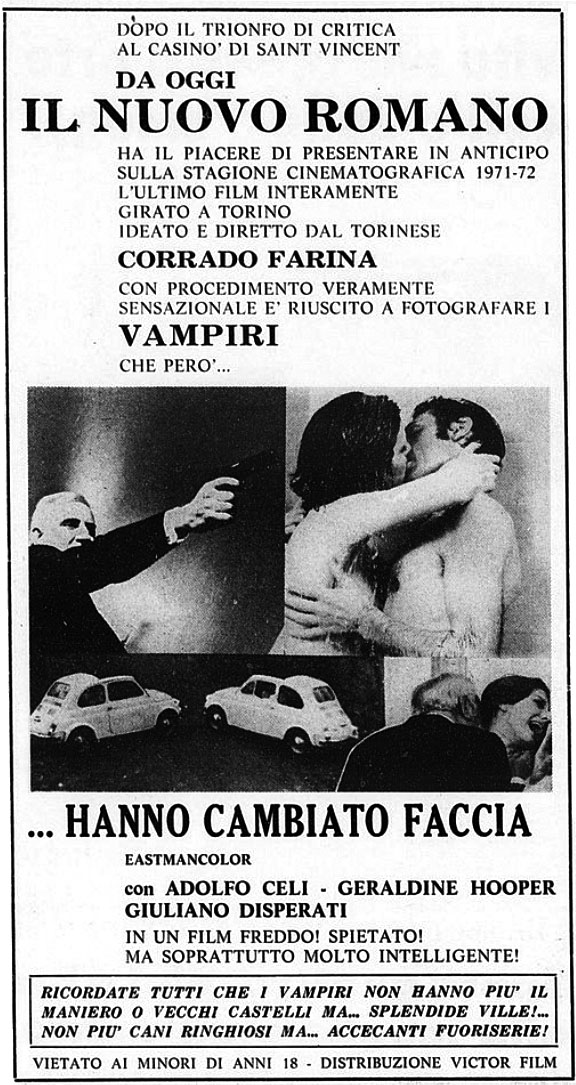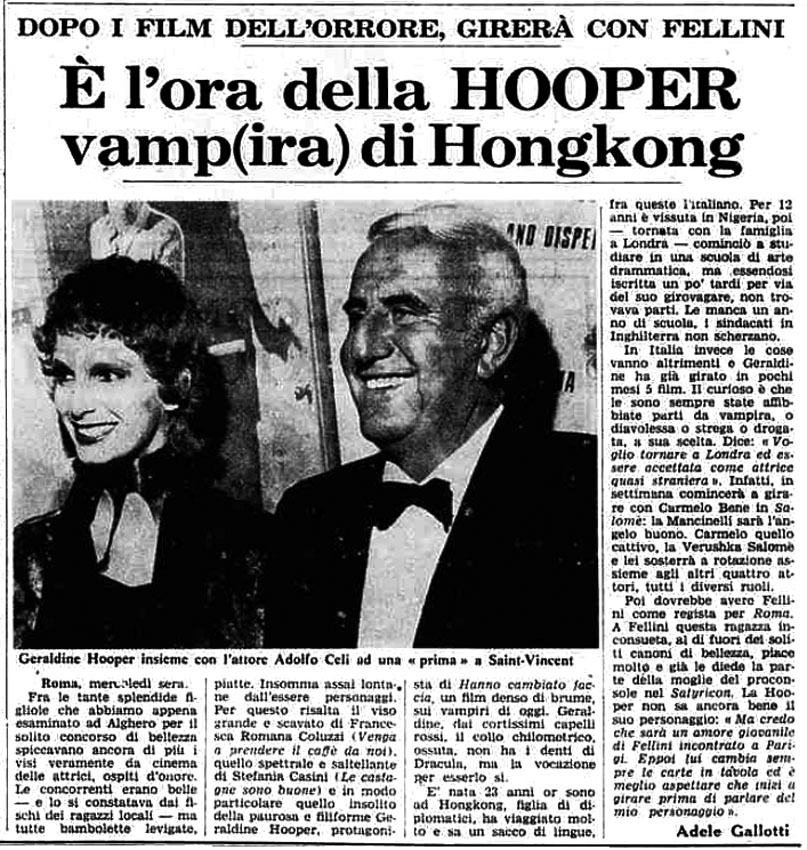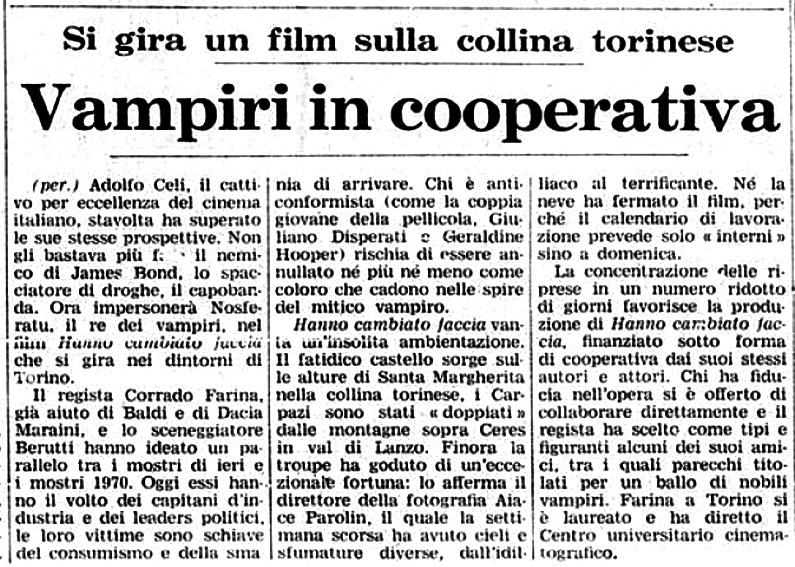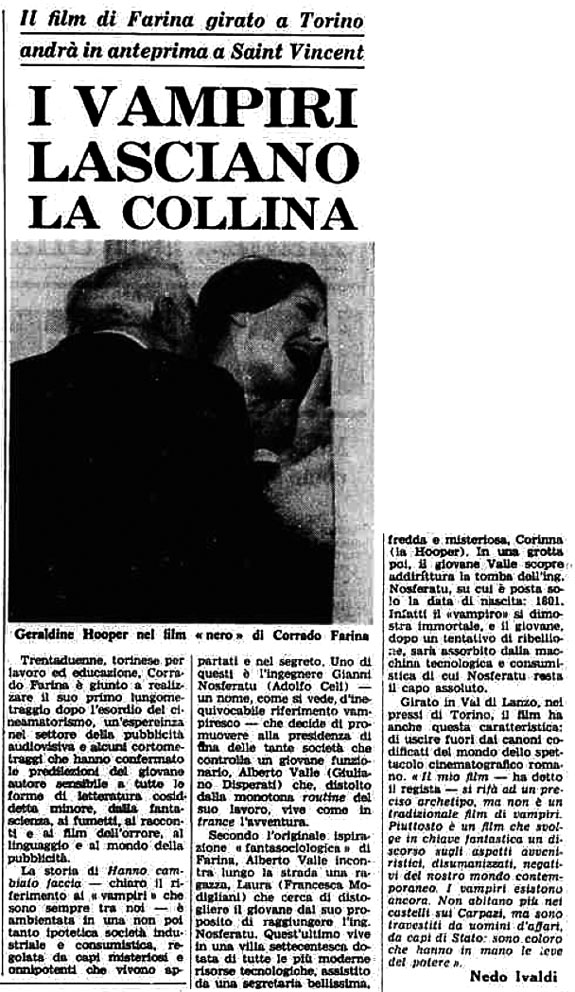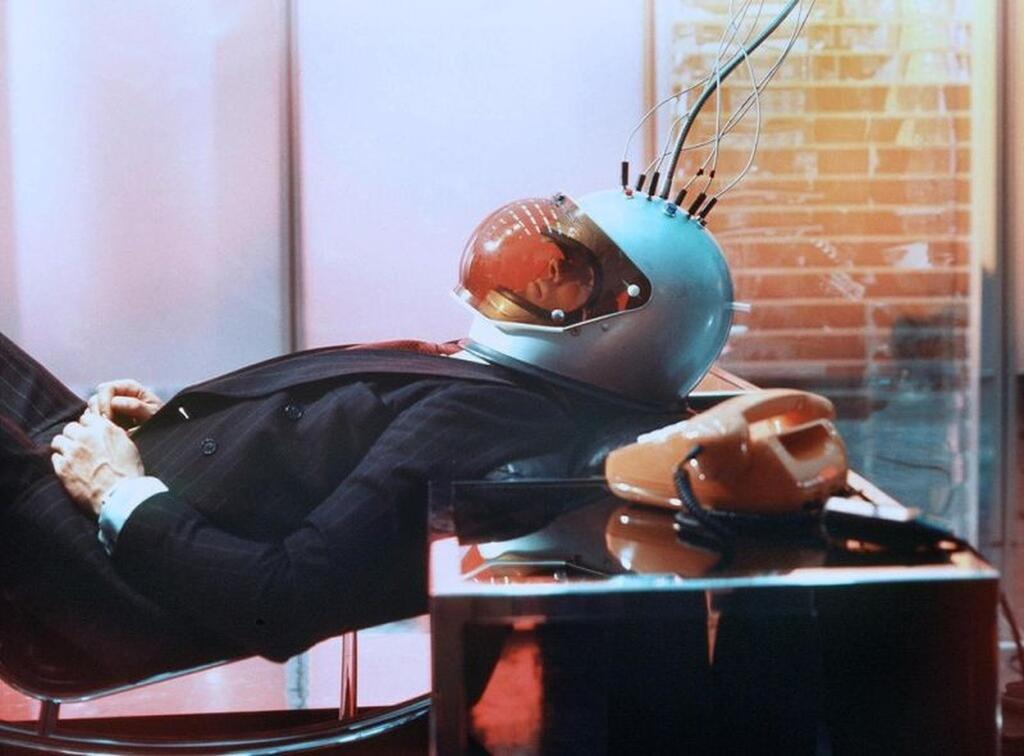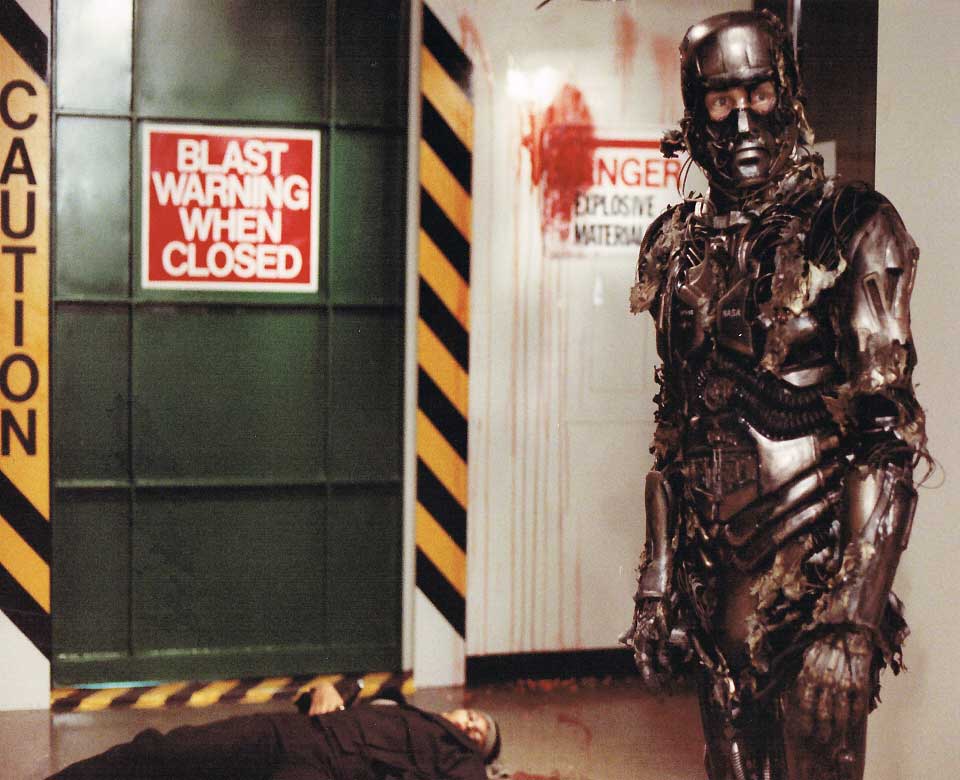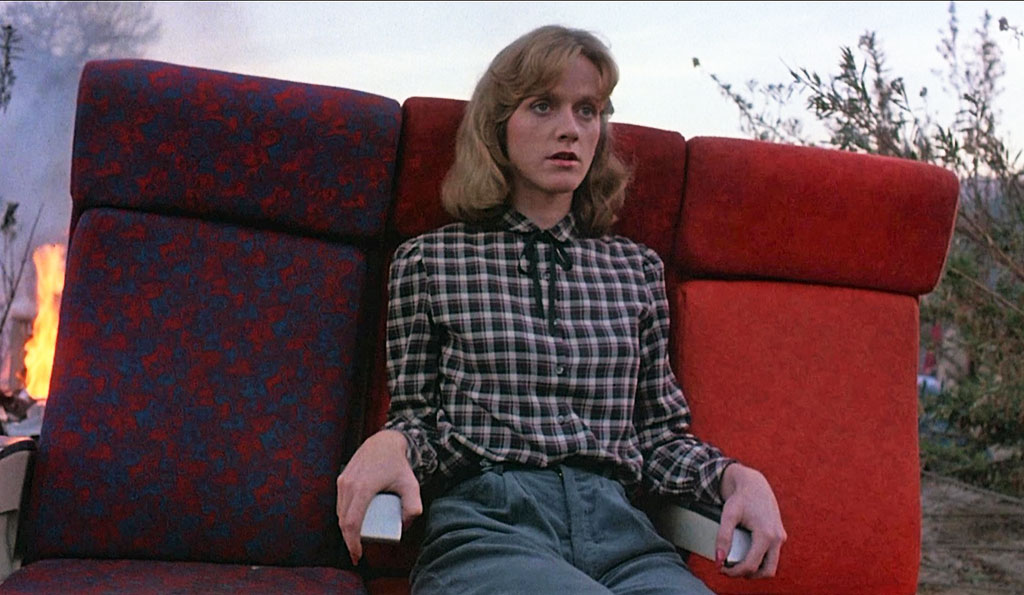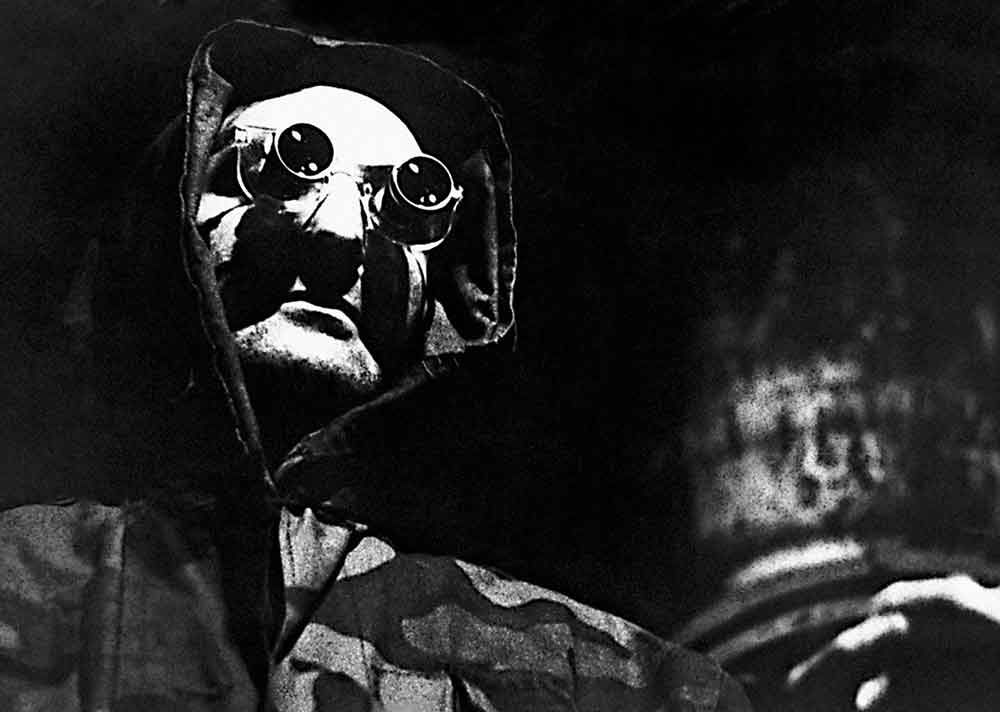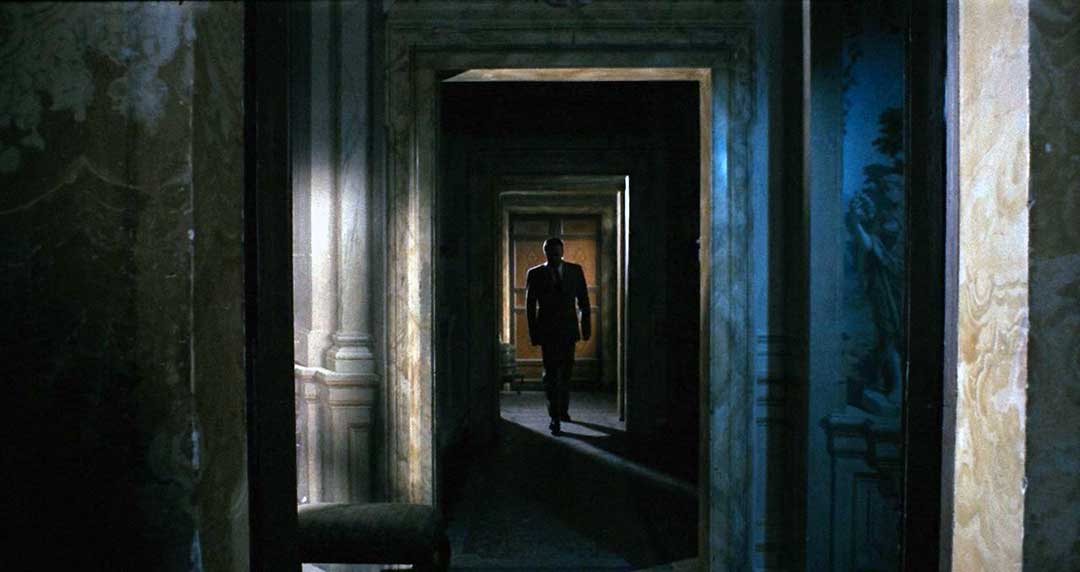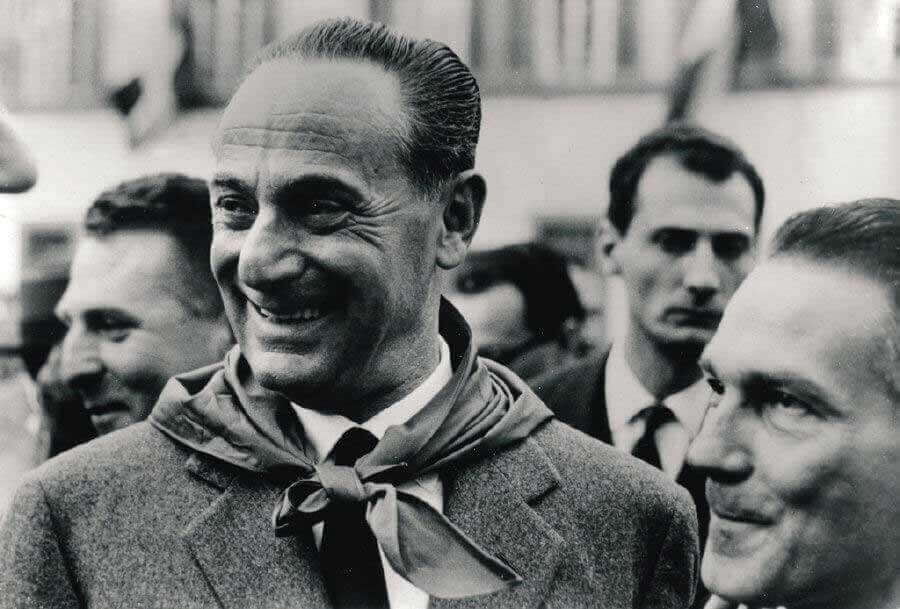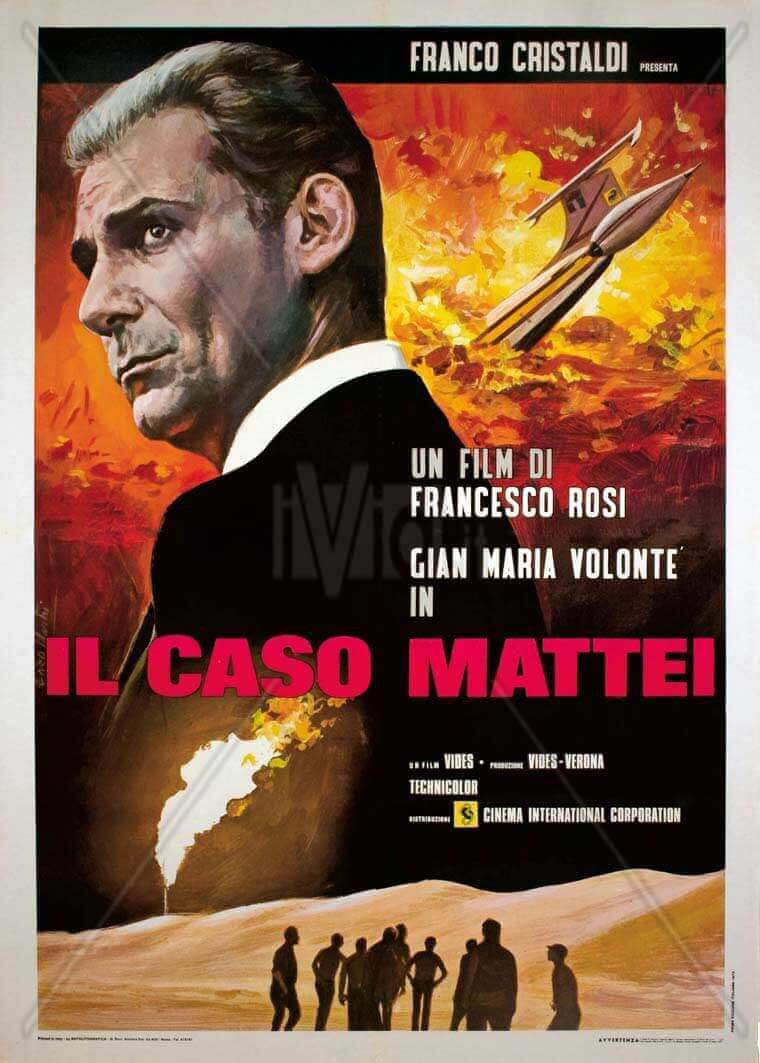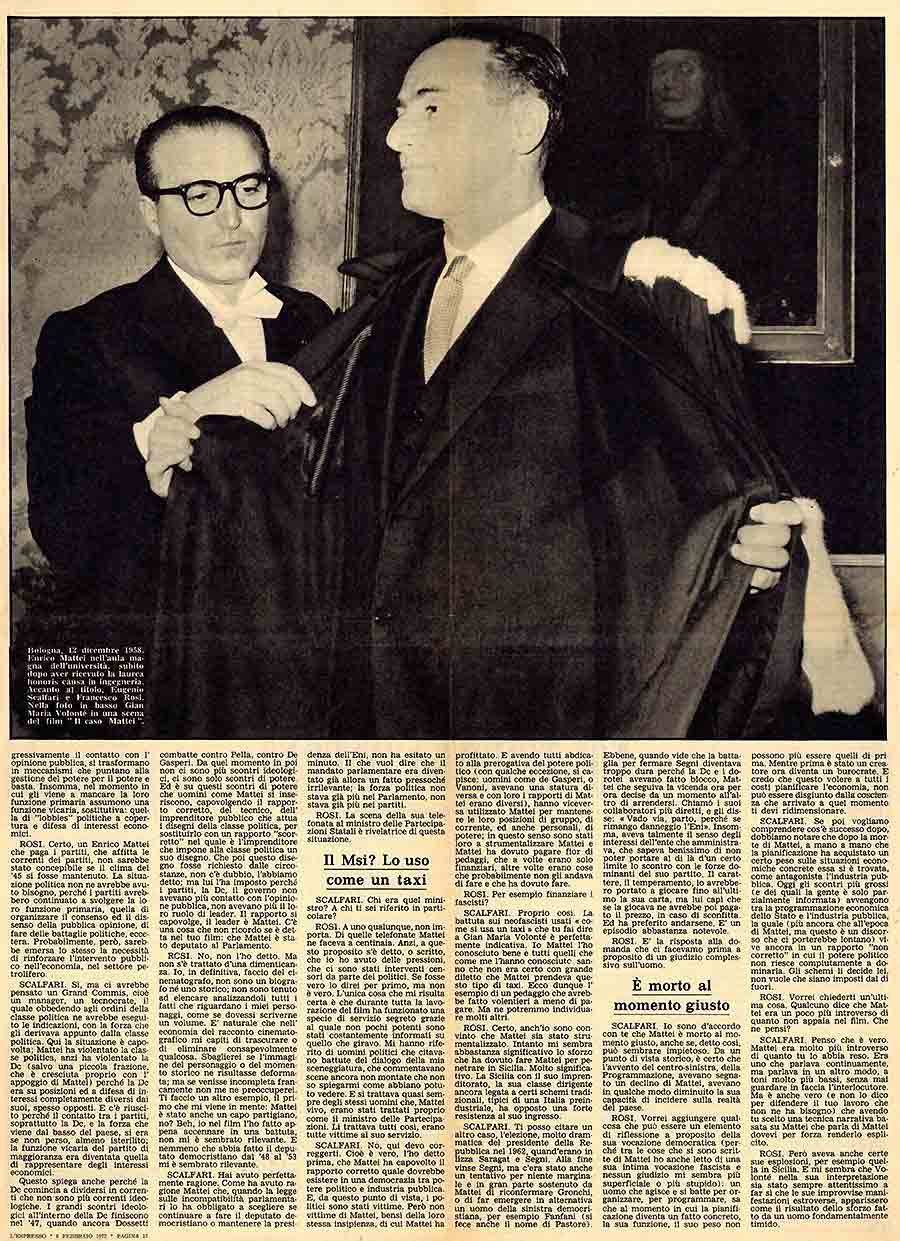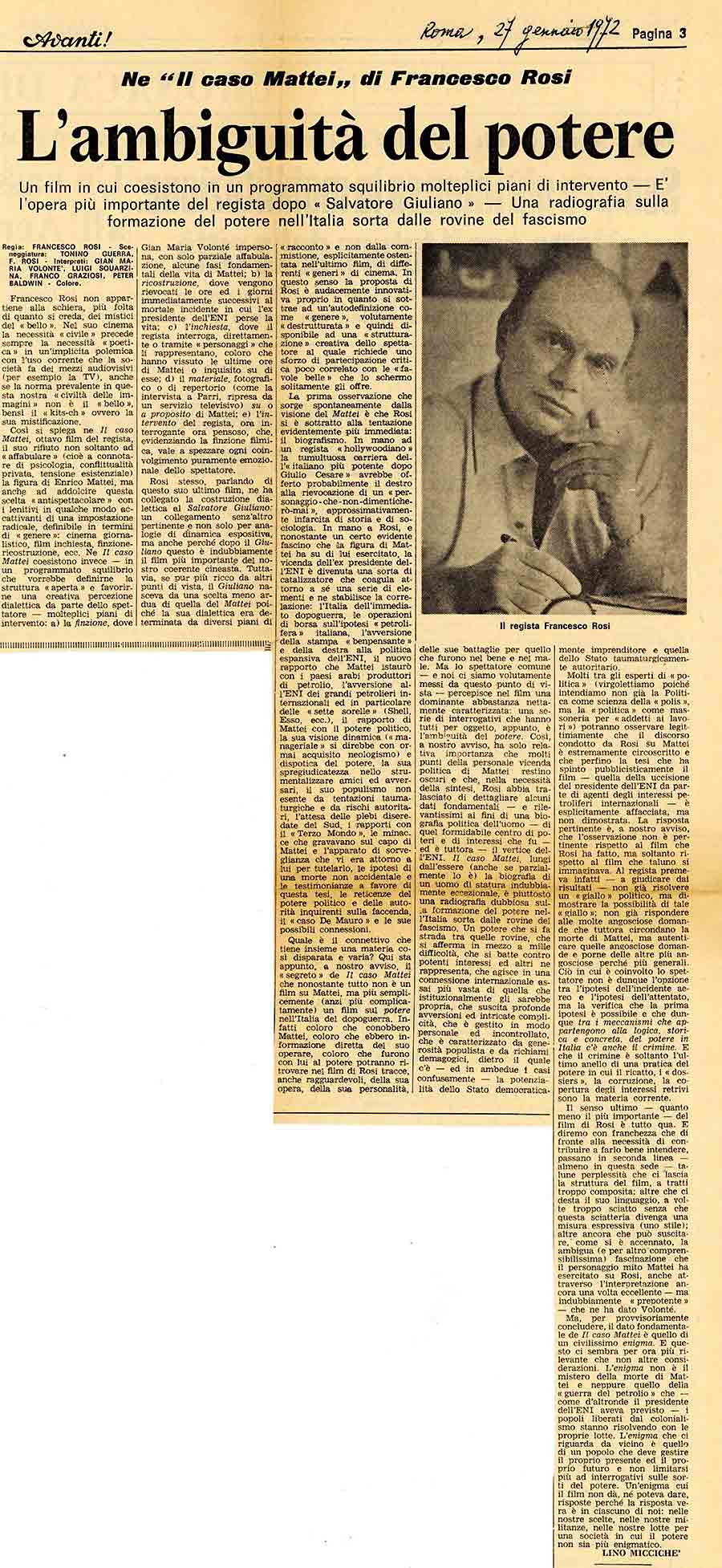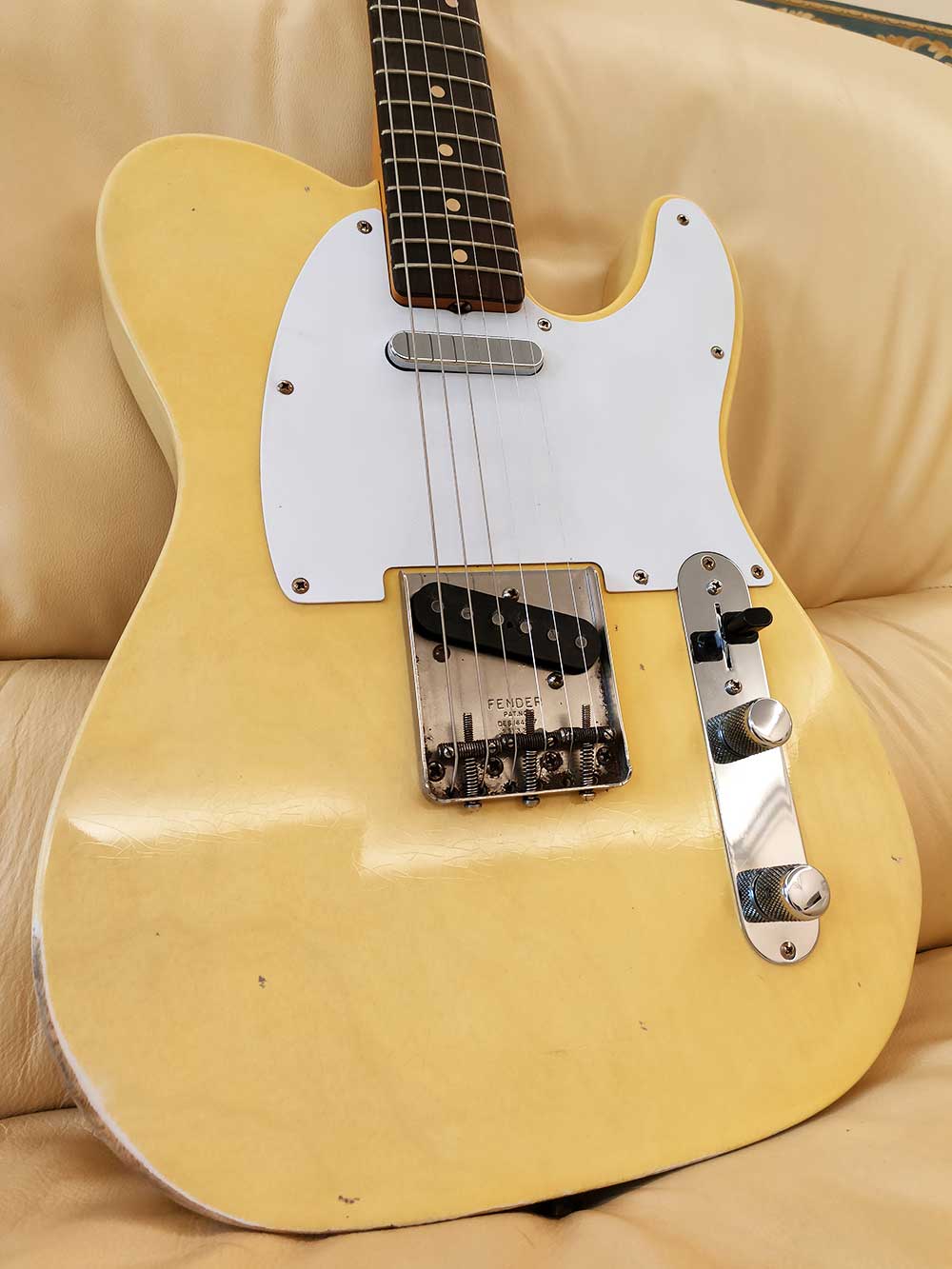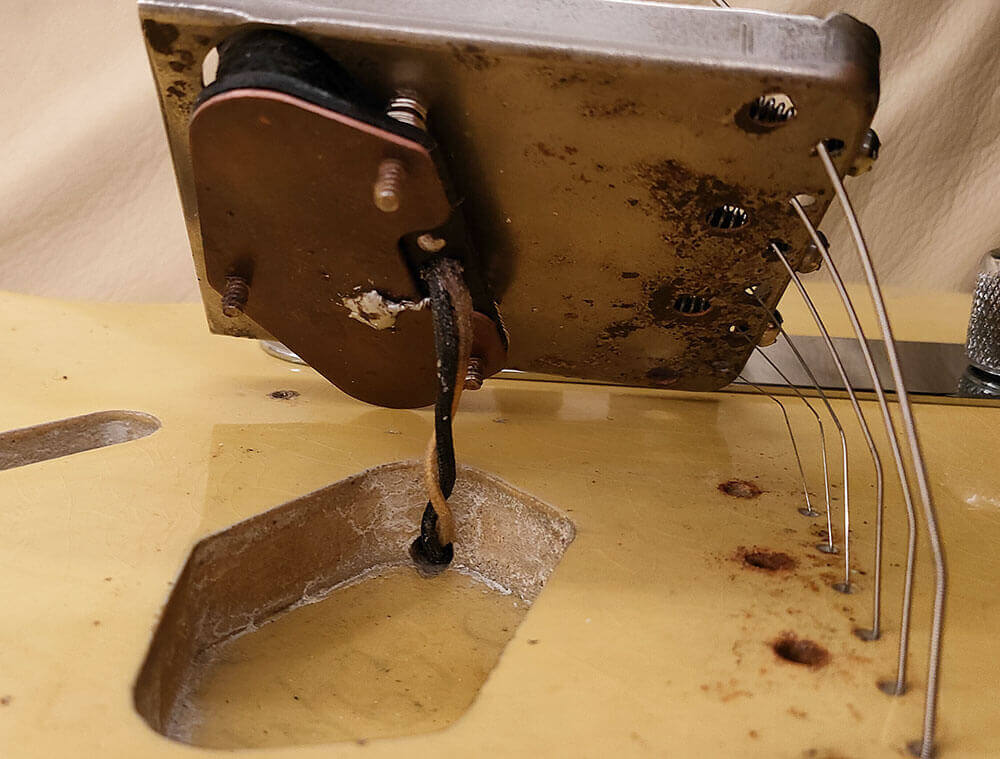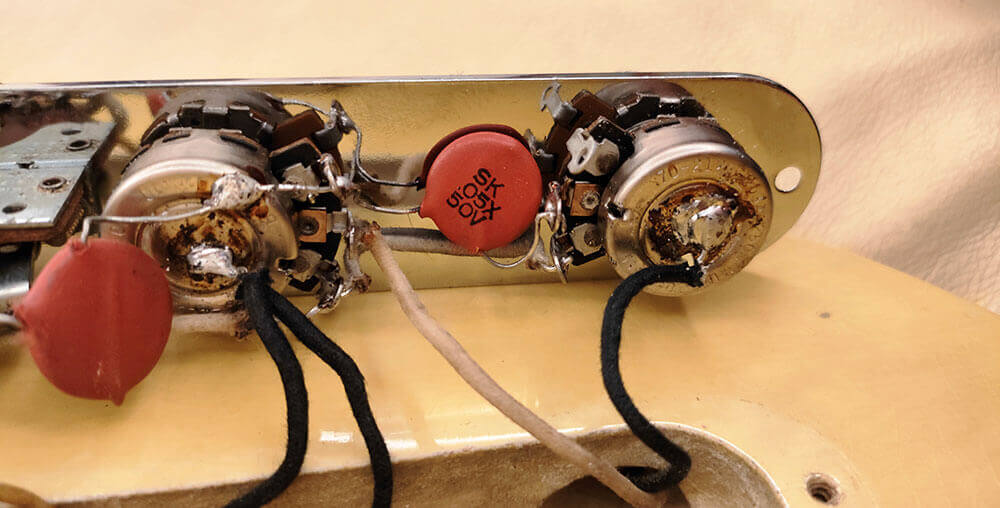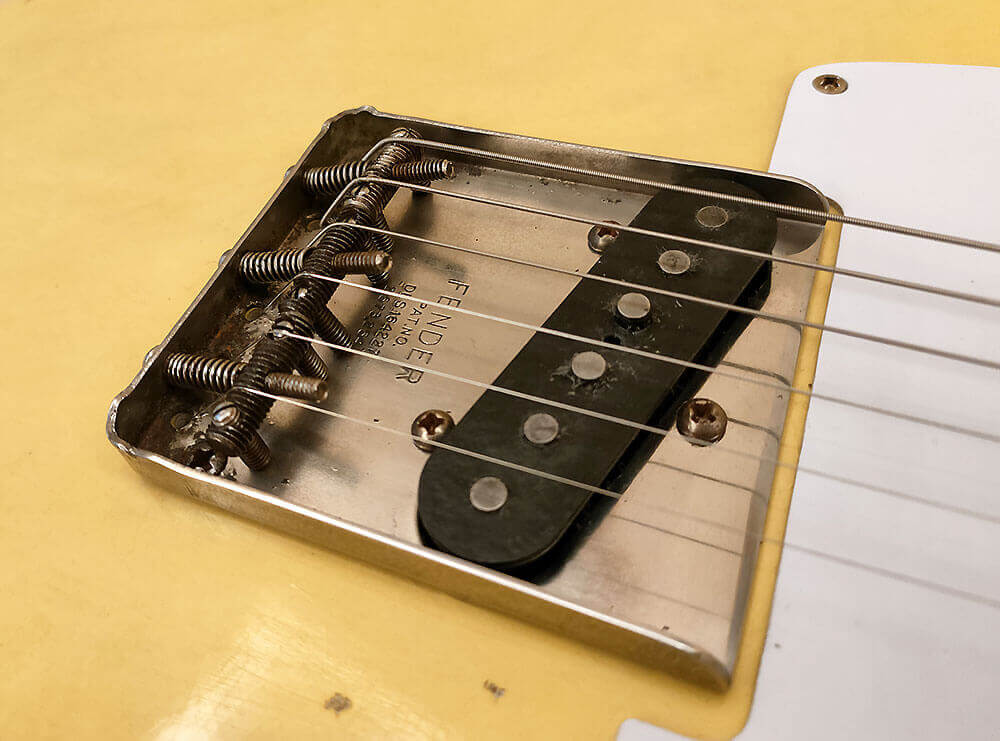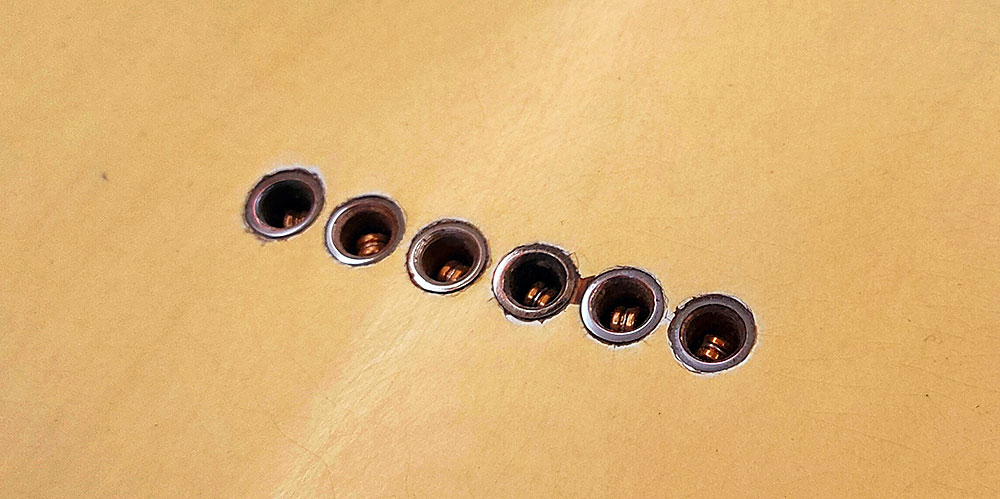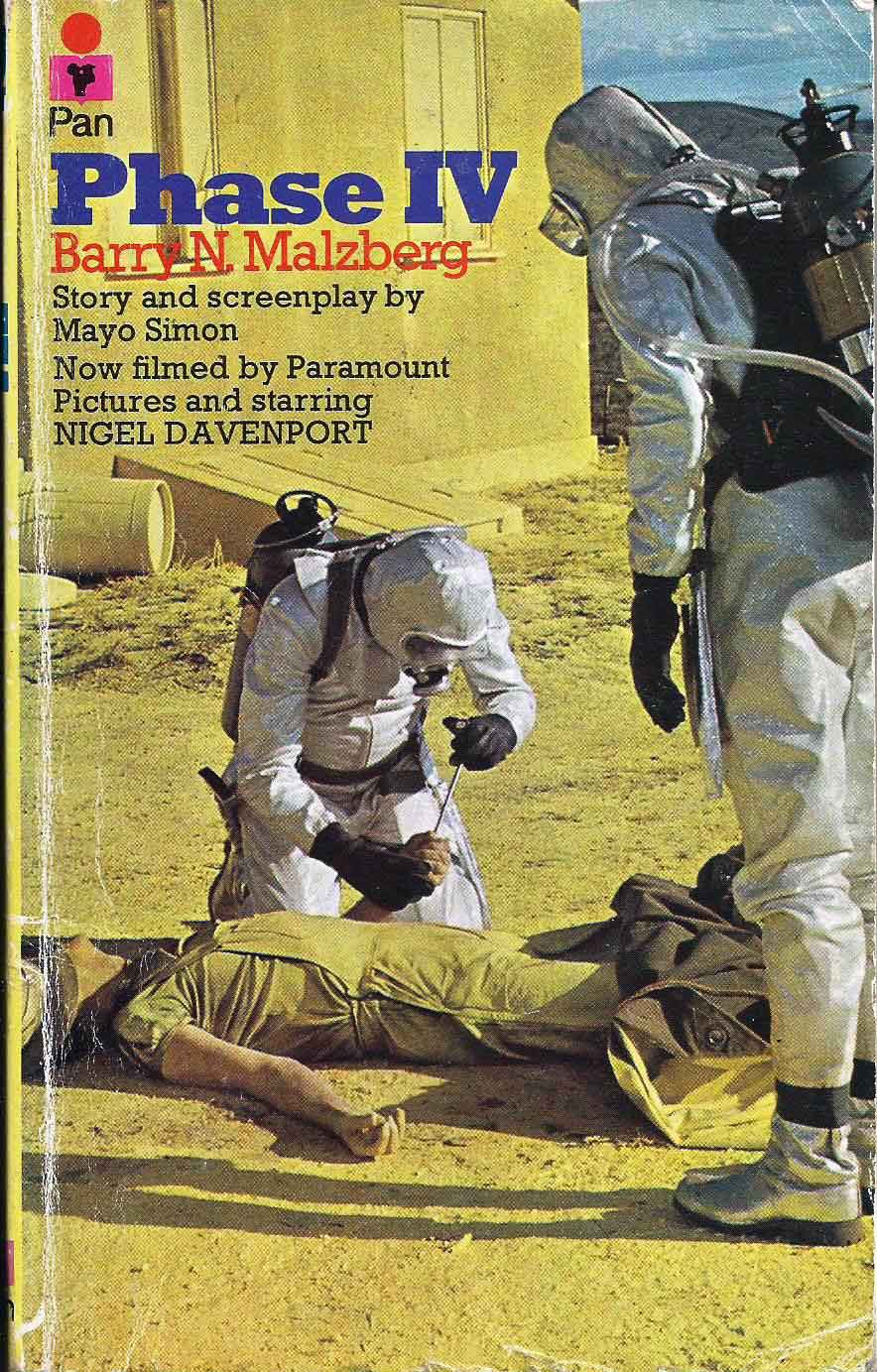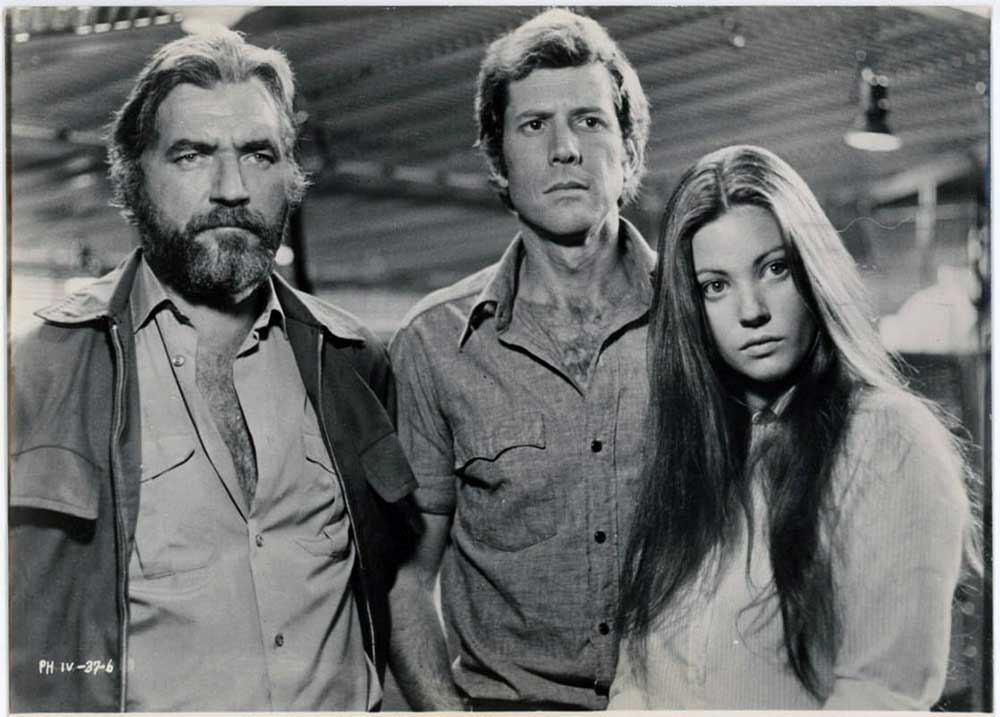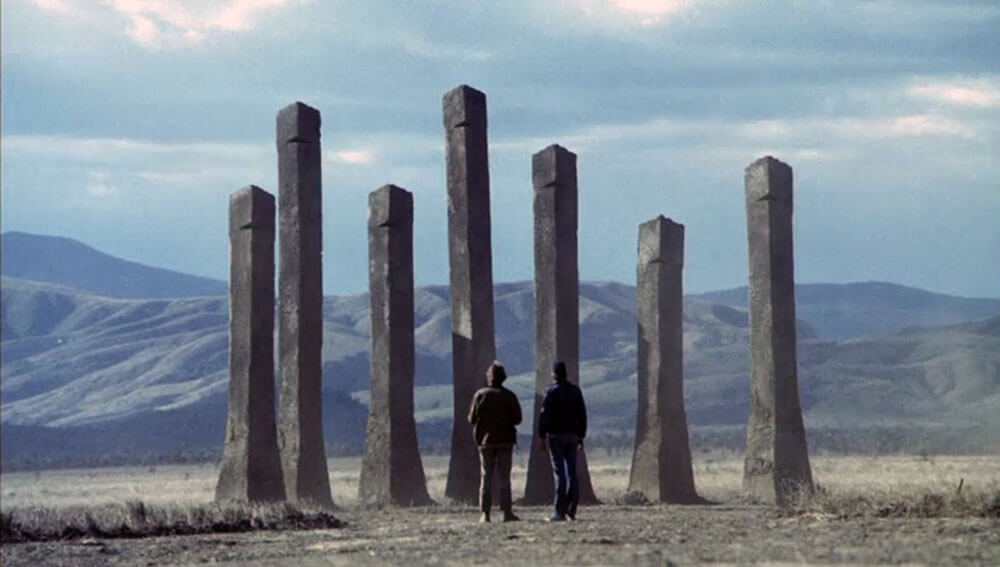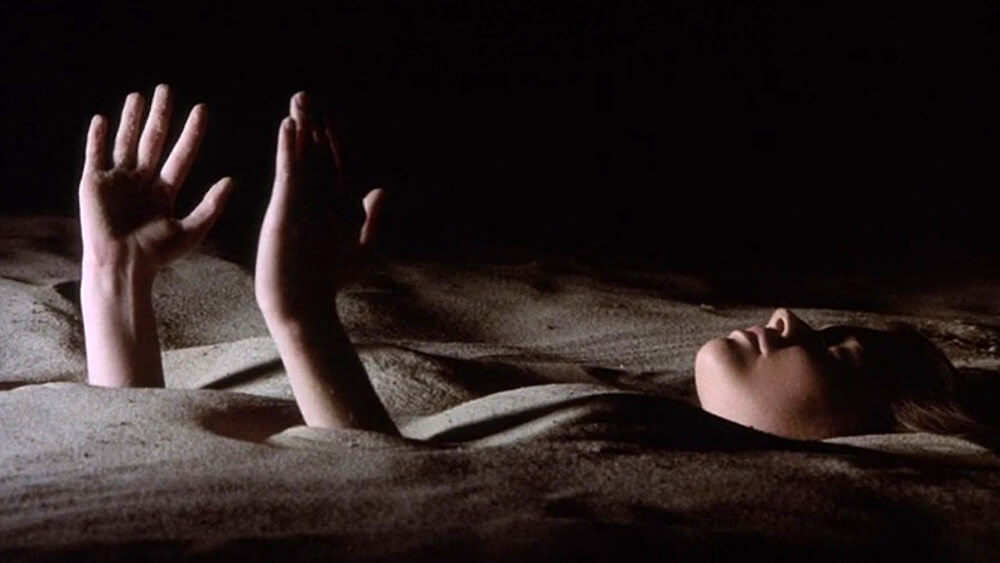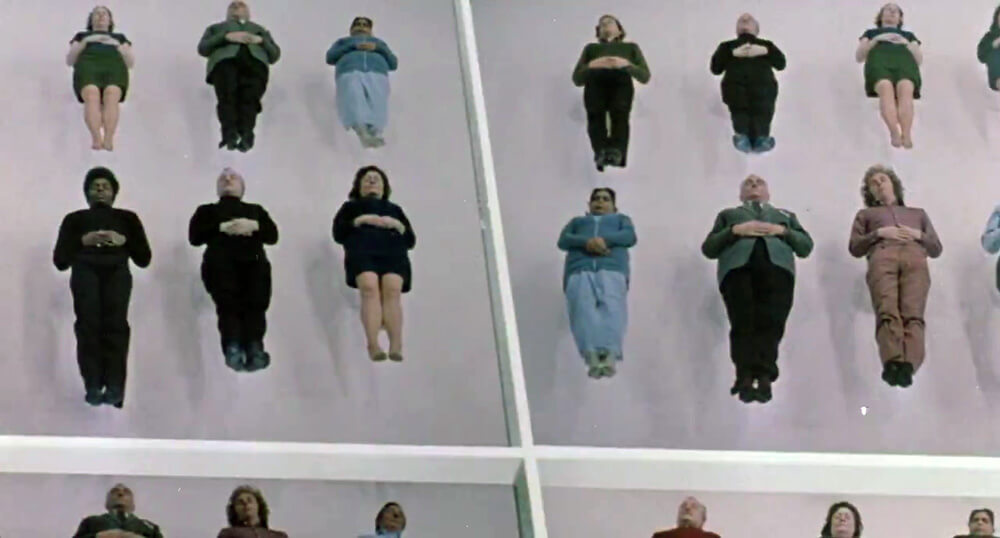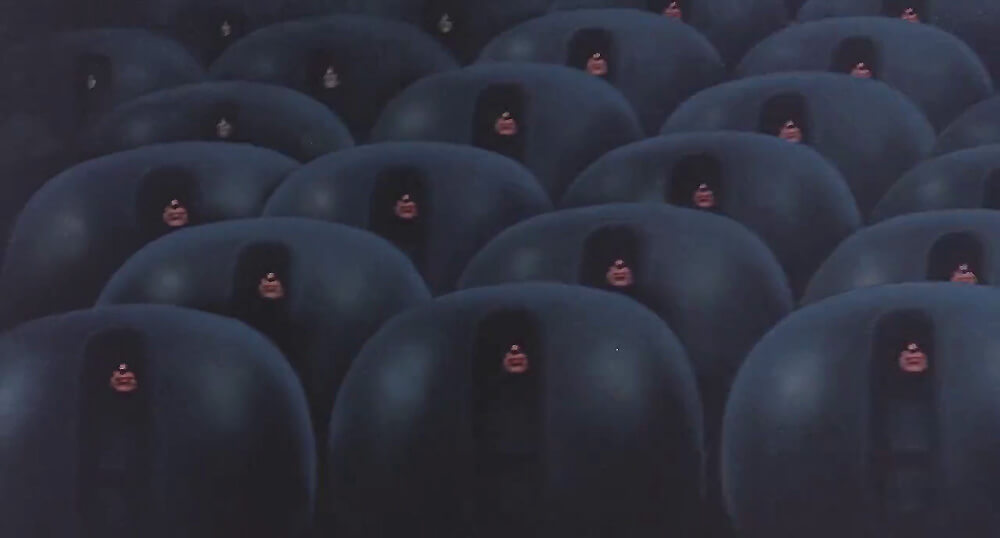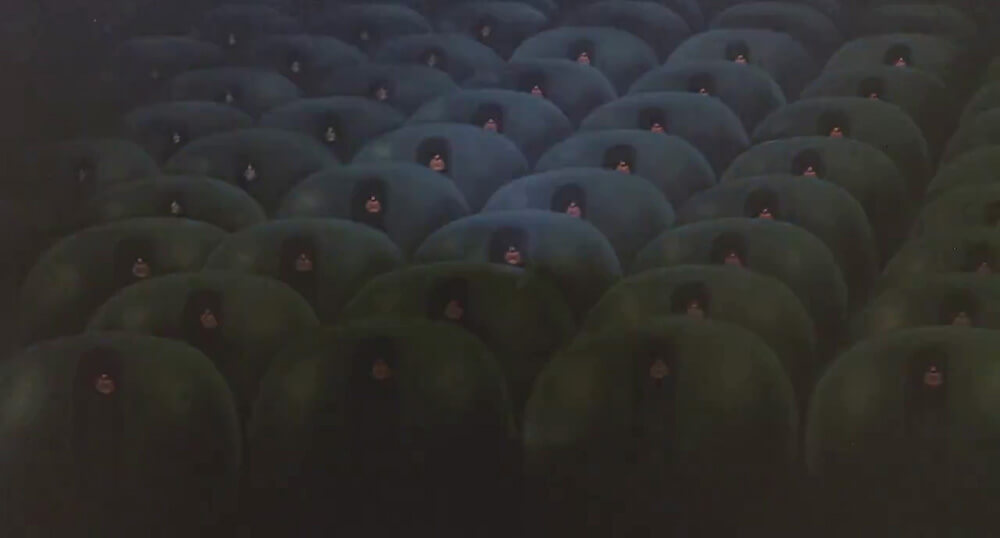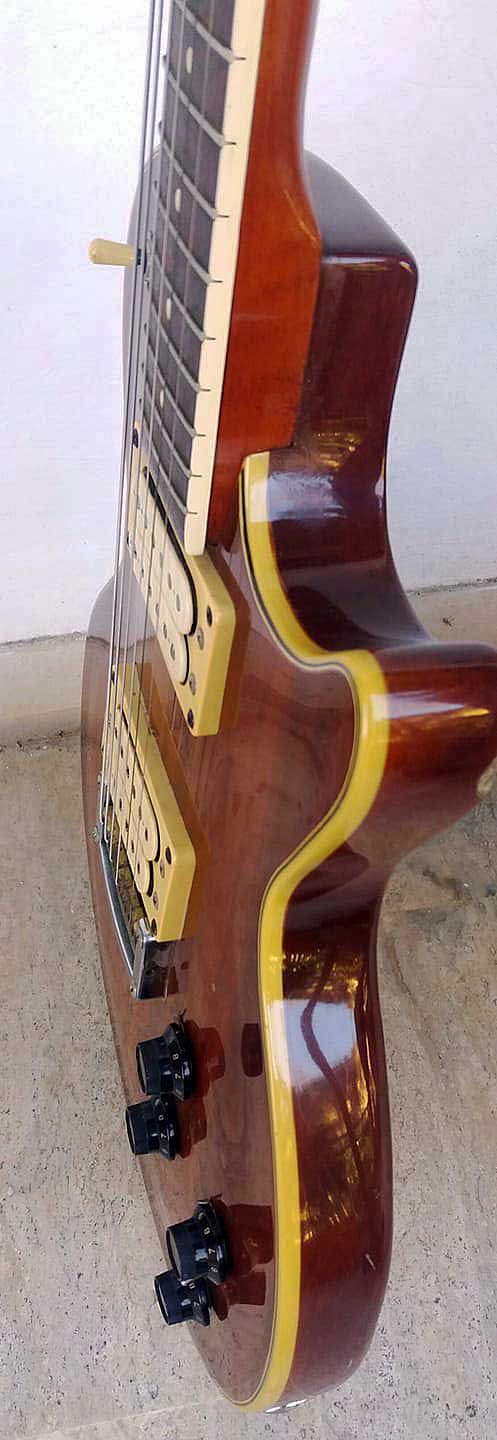
”Forse la batteria elettronica più sottovalutata della storia, questa creazione Yamaha si rivela essere un piccolo soundsystem, una sorta di <strong>Roland TR-909</strong> dei 2000!Realizzata nei primi '90, la <strong>RY 30</strong> include le innovazioni della R8 e va oltre, includendo il tutto in un design elegante e funzionale.La qualità dei suoni è notevole per potenza, chiarezza e dinamica, sfruttando dei sample 16-bit a 48kHz, con una conversione 22-bit D/A.
Daniele Pieraccini
From the nineties comes this elegant drum machine with advanced functions and great sounds
Sounds created by a synthesis engine based on samples from the excellent Yamaha SY/TG digital synthesizers line. Compared to its direct competitor of the times, the Roland R8, it is much more easily programmable and intuitive to use.
Forse la batteria elettronica più sottovalutata della storia, questa creazione Yamaha si rivela essere un piccolo soundsystem, una sorta di Roland TR-909 dei 2000!
Realizzata nei primi ’90, la RY 30 include le innovazioni della R8 e va oltre, includendo il tutto in un design elegante e funzionale.
La qualità dei suoni è notevole per potenza, chiarezza e dinamica, sfruttando dei sample 16-bit a 48kHz, con una conversione 22-bit D/A.
Main characteristics
• 12 “touch-sensitive” pads to adjust the dynamics of the single note
• 12 pad bank or instrument set, the last one, pitch bank, is a single instrument (bass) in 12 tones
• 128 voices (additional sounds can be inserted via ROM card)
Each voice can be made up of a waveform or a combination of two different waveforms
• 100 preset patterns in various musical styles ready to use
• 100 user patterns
• 2 demo songs
• 2 user songs
Use
It is possible to record the patterns by playing on the pads in real-time (real-time record) or in step record, by inserting the notes on a grid. The quantization to be assigned to the notes ranges from 1/8 to 1/96.
After recording, various parameters are editable note by note with extreme precision in step record mode.
Intervening on various parameters of the single sound is also allowed in real-time, manually, by an ingenious control wheel, similar to that of synths. We can modify intonation (pitch), decay of the note, positioning to the right or left of the sound (pan), filter frequencies and balance between the two waveforms of the sound.
The memory of the single pattern has a limit, it can be frustrating if you create very “crowded” sequences of notes or instruments.
Aesthetics
The front panel features, from top left to right: control wheel, parameter selector, volume, parameter control slider, 16 small selection buttons (here, at first, things may seem cluttered and unintelligible), record, stop and play.
At the bottom, we find buttons for parameter control, for the dynamic touch of the pads (sense) and for canceling notes or entire recorded phrases (clear). Finally, we have the 12 instrument pads.
Above all this, there is the LCD display.
The rear panel is equipped with: a power socket (15V 500mA), the on/off button, headphones socket, stereo jack outputs, two individual jack outputs to be assigned to instruments of your choice, foot SW jack output, a cassette recorder output ( let’s not forget that we are in the early ’90s…) to make a backup of the data, MIDI in and out and slot for the WAVE CARDS.
Conclusion
It’s hard to get bored with this little machine. This beauty is a realistic electronic drum machine, a synth, a sequencer, and more. You can create complex, interesting-sounding songs and patterns, fat bass lines and synthesizer solos.
Perfect for electronic and abstract music (the Scottish group Autechre released, in 1996, an entire EP using only the RY 30, “We R Are Why / Are Y Are We?”) but also effective in rock, latin, reggae, tribal contexts … Nothing to say, a magical Yamaha creation projected into the future.
Considering that, currently, the prices on the used market of the RY 30 are always affordable, finding one is a great deal.
To give an idea of the possibilities of the Yamaha RY 30 I made a demonstration video, using only its sounds and some Mixcraft plug-ins.
Enjoy the vision and above all, enjoy the listening!
Click & unlock the demo of the YAMAHA RY30







